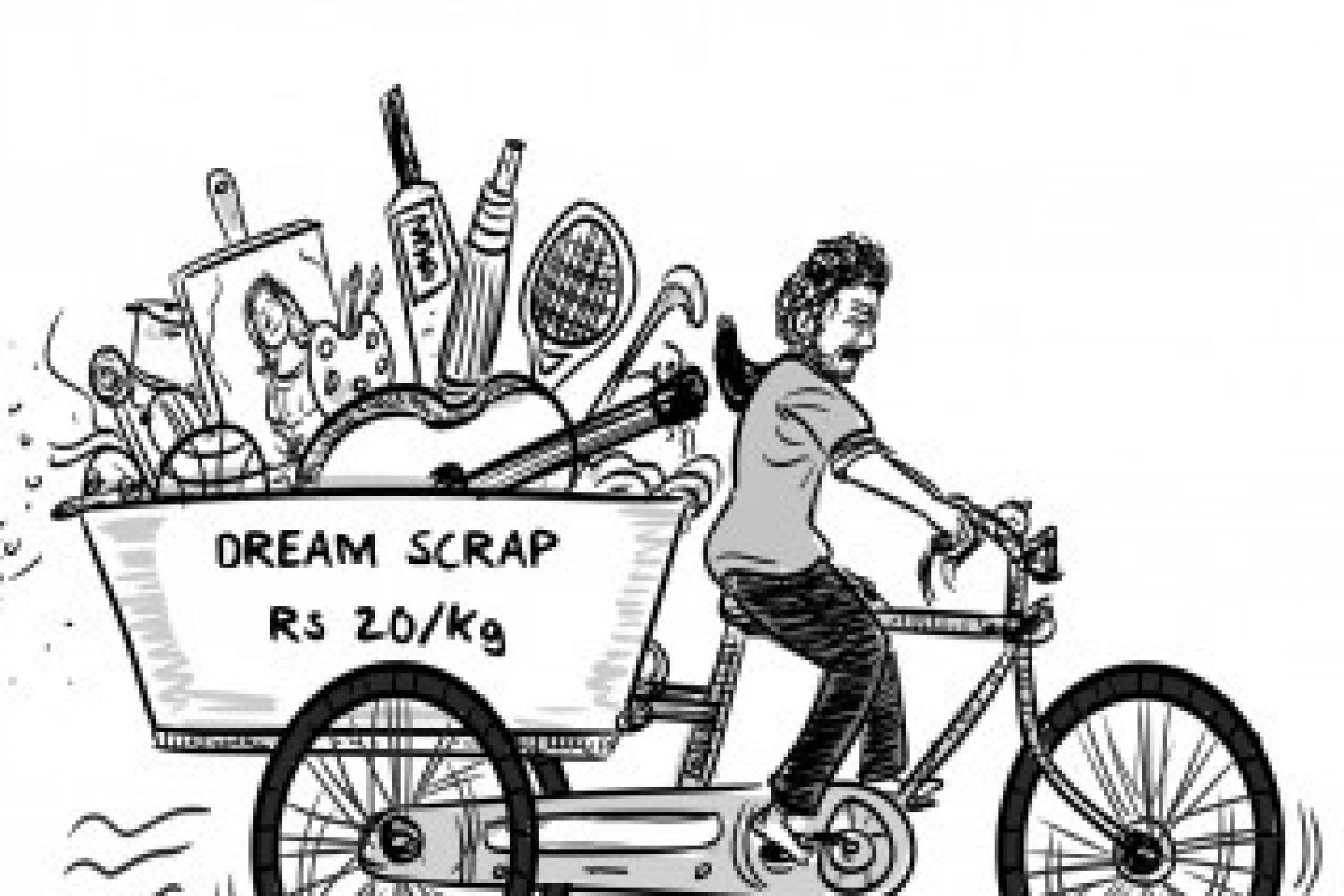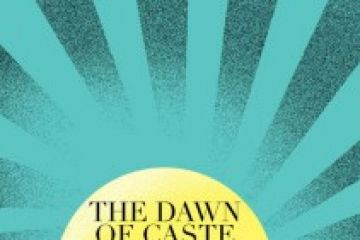
Mario Puzo would have been proud of the scene. In a ballroom
chock-full with guests an opulent wedding reception was being held. The large
hall had been divided into smaller sections to create an intimate ambience for
some of its special guests. In one such cordoned-off section, at the extreme
right, a burly man in his fifties with a thick trademark moustache sat in a
huge Chesterfield armchair, exuding authority. The armchair had been placed
facing the podium where the bride and the groom





